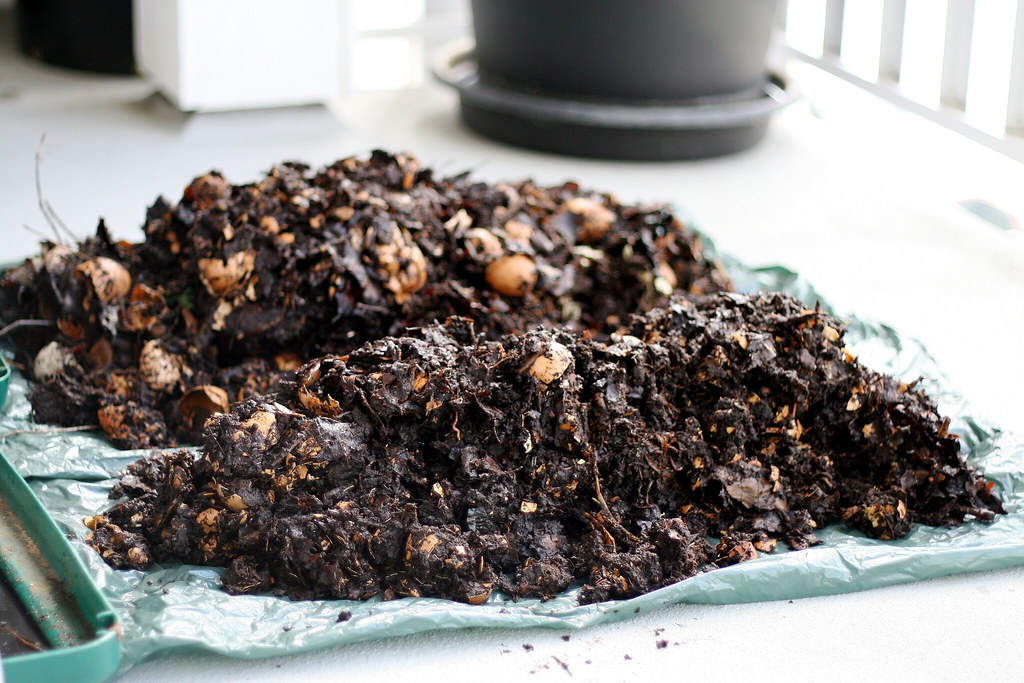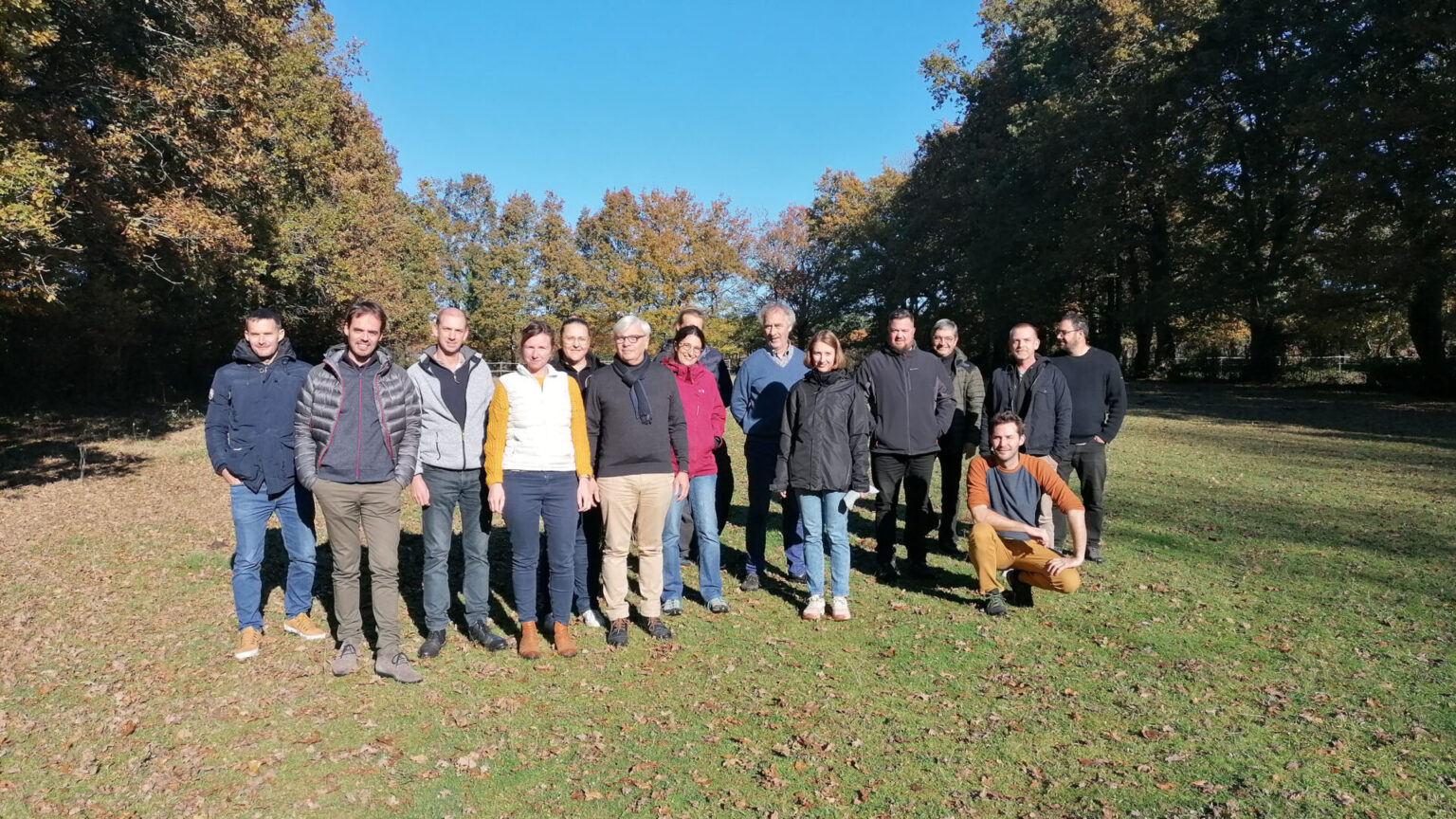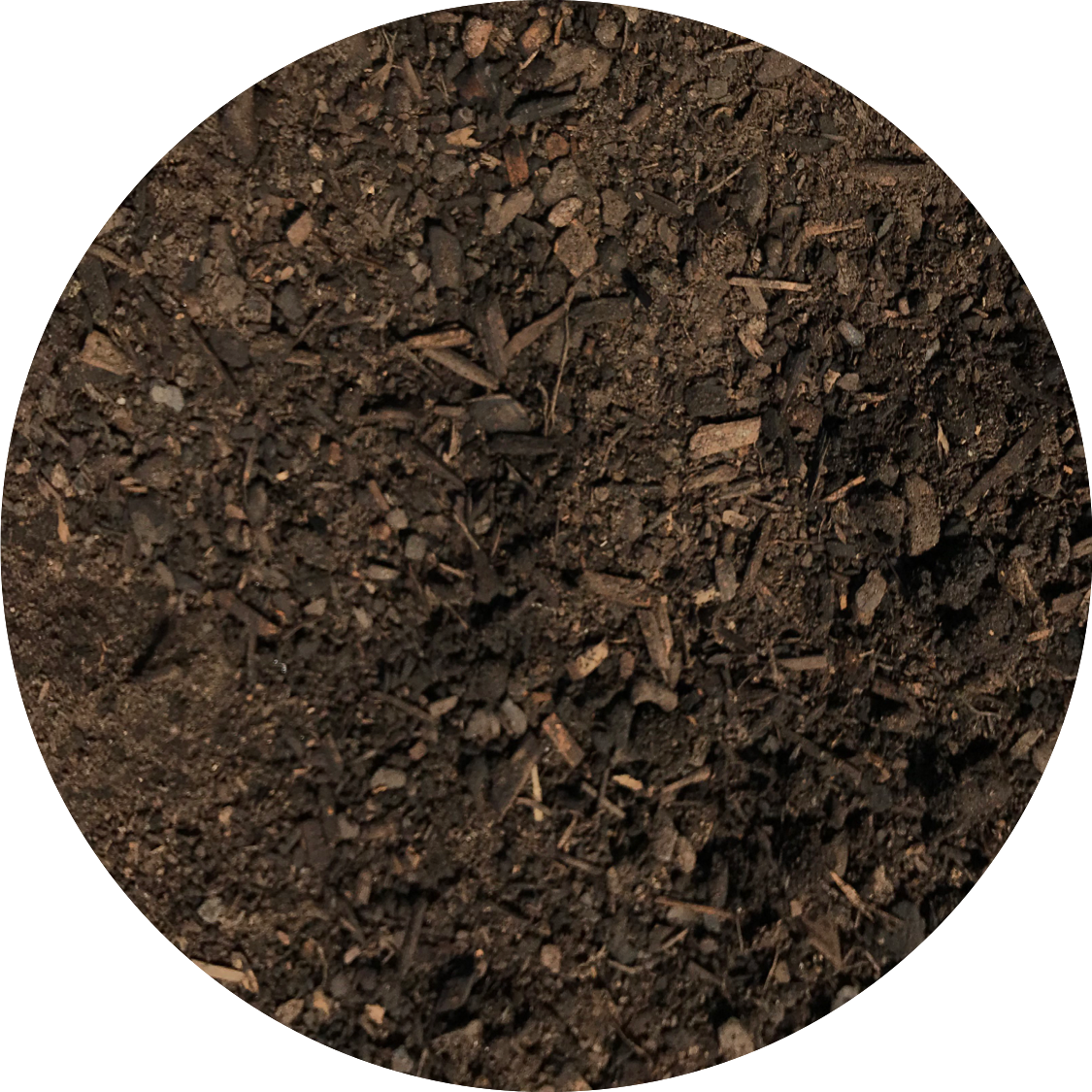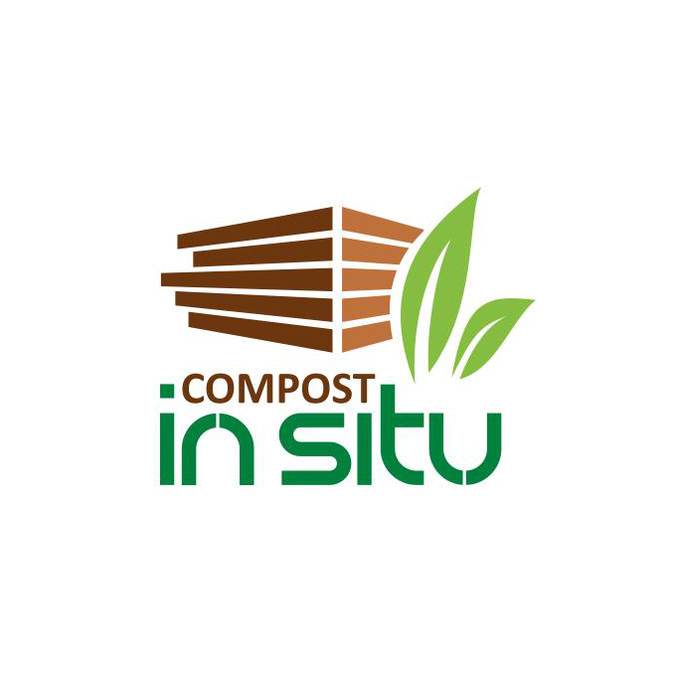
Home Made Fertilisers Savour Soil Permaculture
Similarly, composting in situ can be done in honey holes, trenches or with sheet mulching. A honey hole is created by burying kitchen scraps and other compostable materials directly into the garden. This will create pockets of fertility and nutrition in the garden while keeping the remaining soil structure intact. Trench composting works the.

compost Harvesting our compost today, the worms have been … Flickr
In situ ( / ɪn ˈsɪtjuː, - ˈsaɪtjuː, - ˈsiː -/; often not italicized in English) [1] [2] [3] is a Latin phrase that translates literally to "on site" [4] or "in position." [5] It can mean "locally", "on site", "on the premises", or "in place" to describe where an event takes place and is used in many different contexts.

Compost Making at Home, With Worms How to Compost
In situ composting is possible and reduces the need to turn the compost. There are several ways to compost in place, removing the need to move the material and maintain it. Trenching, layering, and cold composting are all reliable ways to break down organic matter.

COMPOST IN SITU La Terre nous nourrit, Nourissonsla ! Takagreen
In-situ composting, or composting directly where you're going to grow, is simple and it's a great way to deal with a glut of compostable material. Worms and microbes in the soil will do a fantastic job of turning all that organic matter into crumbly, nutrient-rich compost, right where you want to use it.

réseau Compost In Situ
In-situ composting, or composting directly where you're going to grow, is simple and it's a great way to deal with a glut of compostable material. Worms and microbes in the soil will do a fantastic job of turning all that organic matter into crumbly, nutrient-rich compost, right where you want to use it.

Présentation Compost in situ
In-situ composting means that you are composting directly where you're going to grow. It is simple and it's a great way to deal with a glut of compostable material. Worms and microbes in the soil will do a fantastic job of turning all that organic matter into crumbly, nutrient-rich compost, right where you want to use it.

Compost In Situ idées reçues du compostage local YouTube
Called 'in-situ composting', it's a fantastic way to build the soil for your crops next year. Composting in-situ is a great way to cope with lots of spent crops or sudden gluts of kitchen waste, for example when processing fruits and vegetables for winter storage.

Compost Techniques Composting in Situ [video] « blog.mrfothergills.co.uk
Soil moisture is the primary driver of variability in dryland carbon and water cycling, according to a synthesis of eddy covariance, remote sensing and land surface model data from the western.
Compost Field Trip Root Simple
In-Situ Composting in Your Garden In-Situ composting. Why you need it & how to do it right. By Nicky Schauder "We don't feed the soil. We feed the life in the soil." — Geoff Lawton Why You Need Compost in Your Garden There are three main reasons to compost: To create fertile soil

Compost In Situ Collecte et valorisation des biodéchets
of concern (COCs), increased soil strength, and reduced permeability of the soil matrix. While grouped together in name, In-Situ Solidification binds the contaminants in a solid block to trap it in place, whereas InSitu Stabilization -uses chemical reactions that makes contaminants less likely to be leached into the environment.

Mentions légales COMPOST IN SITU
Composting is a self-heating biological process that has been used for centuries as an organic waste management solution. Apart from managing organic waste, the composting product can be used as a soil amendment and organic fertilizer.

Compost & Co dans la Vienne Compost In Situ
Making easy compost in-situ directly nourishes the soil and reduces the heavy lifting of carting compost around (on my slope, this is important. I popped a calf muscle once - ouch!!). Compost from my compost 'tractor' Why compost? I create compost all around my garden. It does many things, such as: provide nutrients to help the plants thrive

Compost The Landscape Yard
Products mixed in to household food waste as plastic, glass, and wood need to be separated manually, in order not to hinder the composting process and lower the quality of bio-fertilizer (planting soil). Indeed, the classification cost is $17.74 per ton, accounting for 64.70 % of the total expenditure. The efficiency and the cost of composting.

Compost'In Situ Les Scop de l'industrie
Step 1. Take a spade or garden fork and dig a trench between 45-60 cm (18 - 24 inches) deep. I like to keep my trenches to around a spade or forks width, but a little wider is fine too. Step 2. Add vegetable scraps, grass clippings, leaves, weeds, and any other small prunings you may have at hand.

Compost In Situ respecter ou anticiper vos obligations légales
Composting in place is a good method for small, packed-in gardens. Composting in situ is the closest you can get to how composting happens in natural ecosystems. Can you imagine Mother Nature building three-part compost systems in the woods? I don't think so!

COMPOST IN SITU La Terre nous nourrit, Nourissonsla ! Takagreen
Composting in situ is that act of growing dirt while growing plants in the same spot. Lotts Creek Learning Garden has been doing just that with its Hugelkultur beds. In order to create a Hugelkultur bed start with wood on the bottom, then add some finer material like brush or leaves. Add a little manure to get things going.